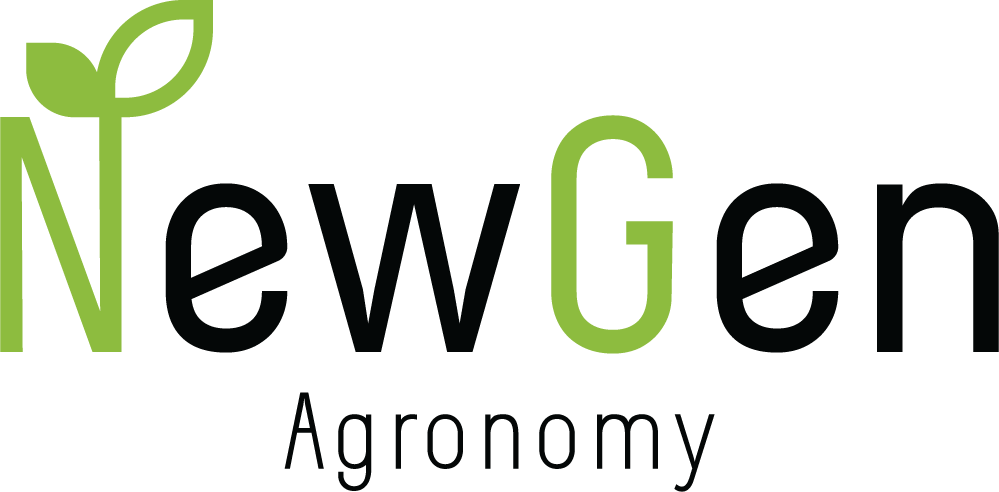Horizontal Farming
Plants are typically arranged in multiple stacked layers and in controlled indoor environments such as greenhouses or vertical farms.
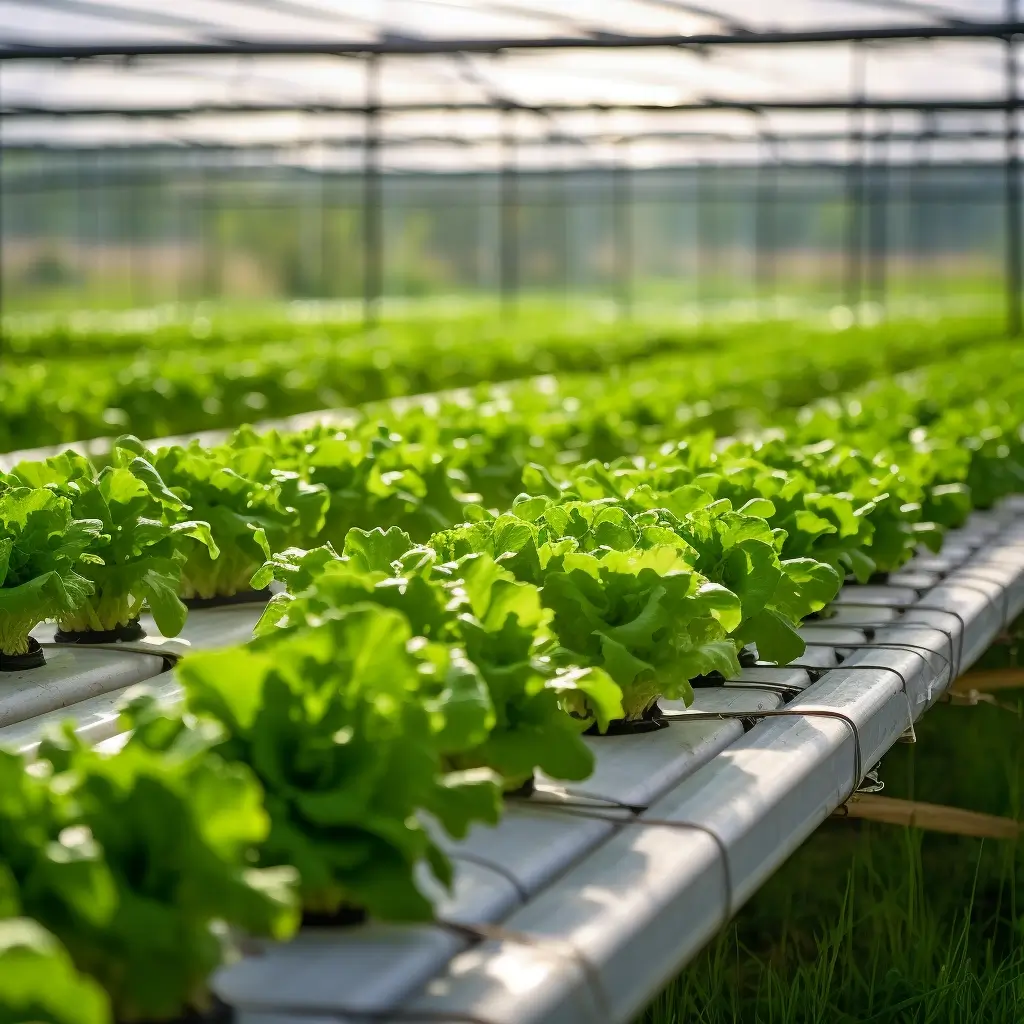
The concept of horizontal farming is rooted in the desire to maximize land and space utilization, increase crop yields, and optimize resource efficiency. By utilizing vertical space and incorporating advanced technologies, horizontal farming aims to produce more food using less land, water, and energy compared to traditional farming methods.
By stacking crops vertically, horizontal farming maximizes land utilization, making it suitable for urban areas or regions with limited available agricultural land. Increased Crop Yields: With controlled environments, crops can be grown year-round, independent of seasonal variations, resulting in higher productivity and multiple harvests per year.
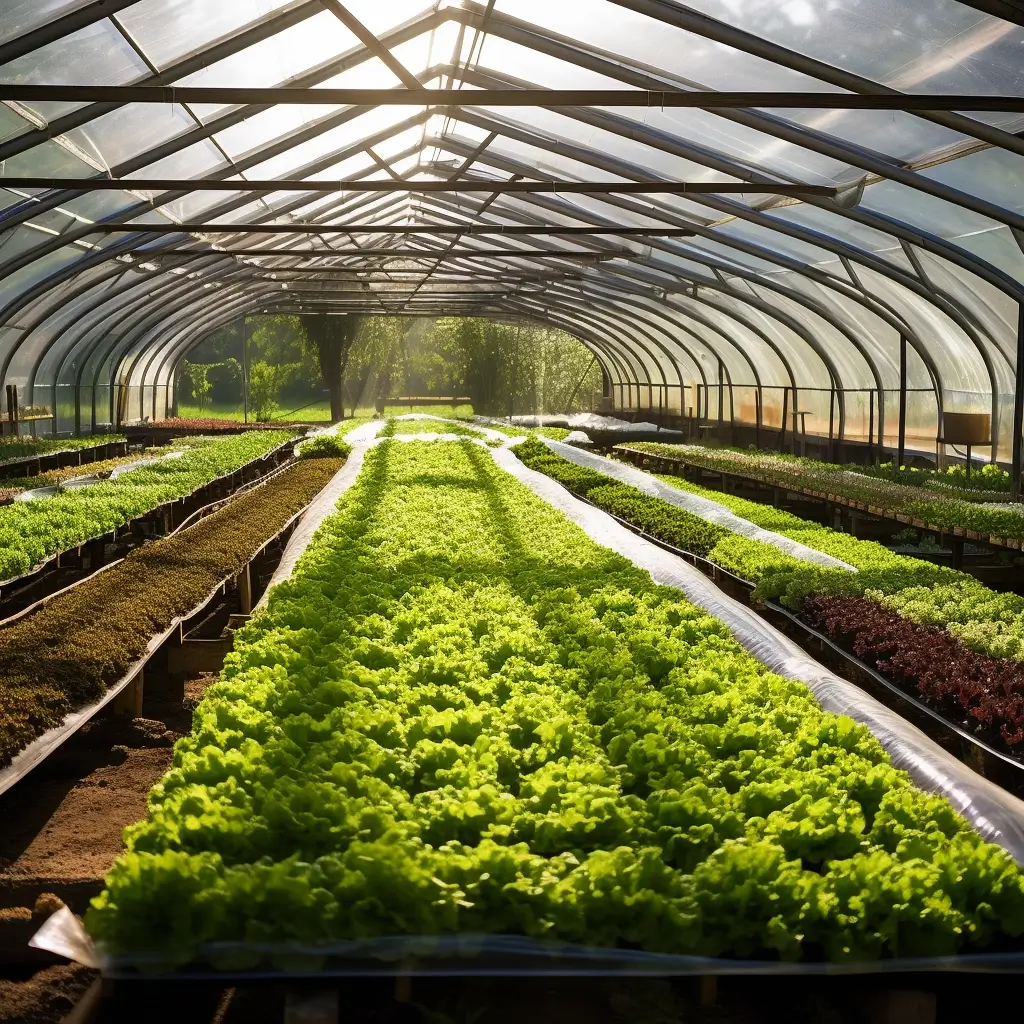
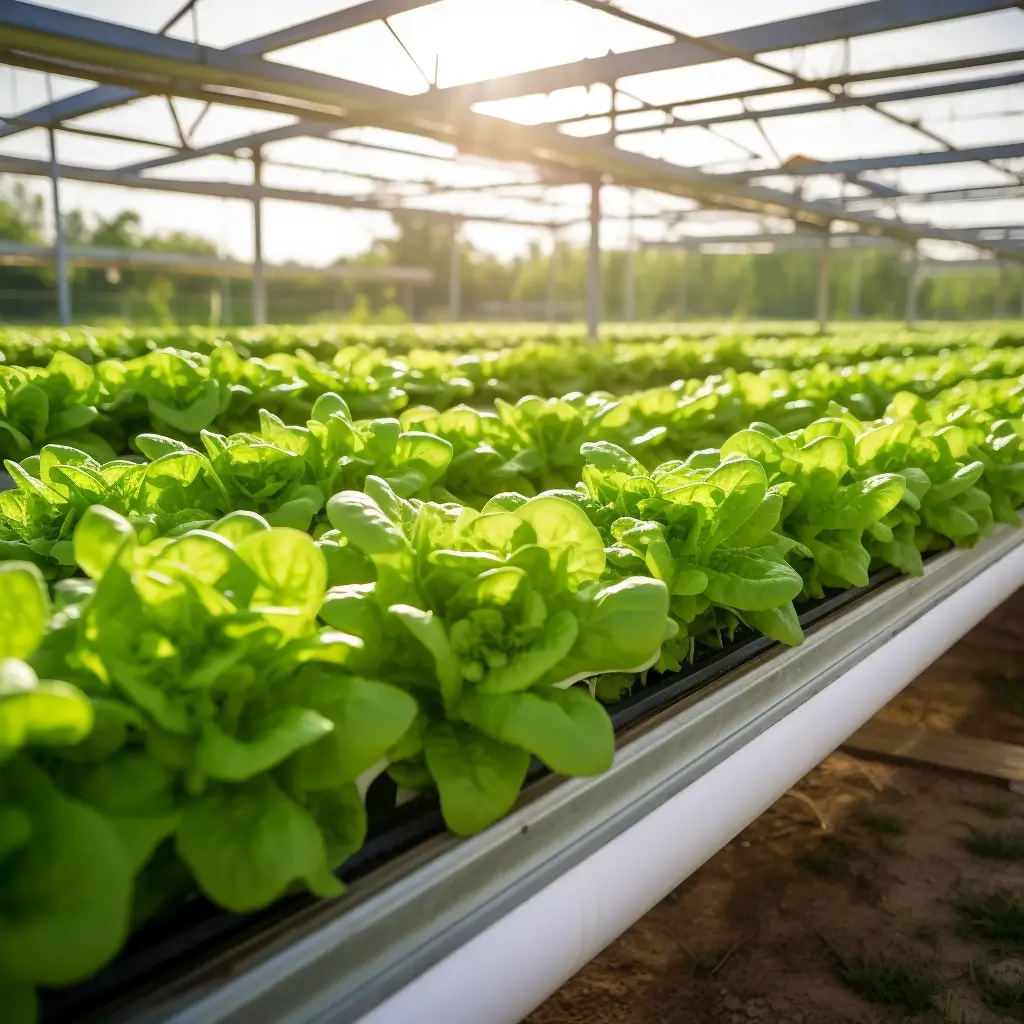
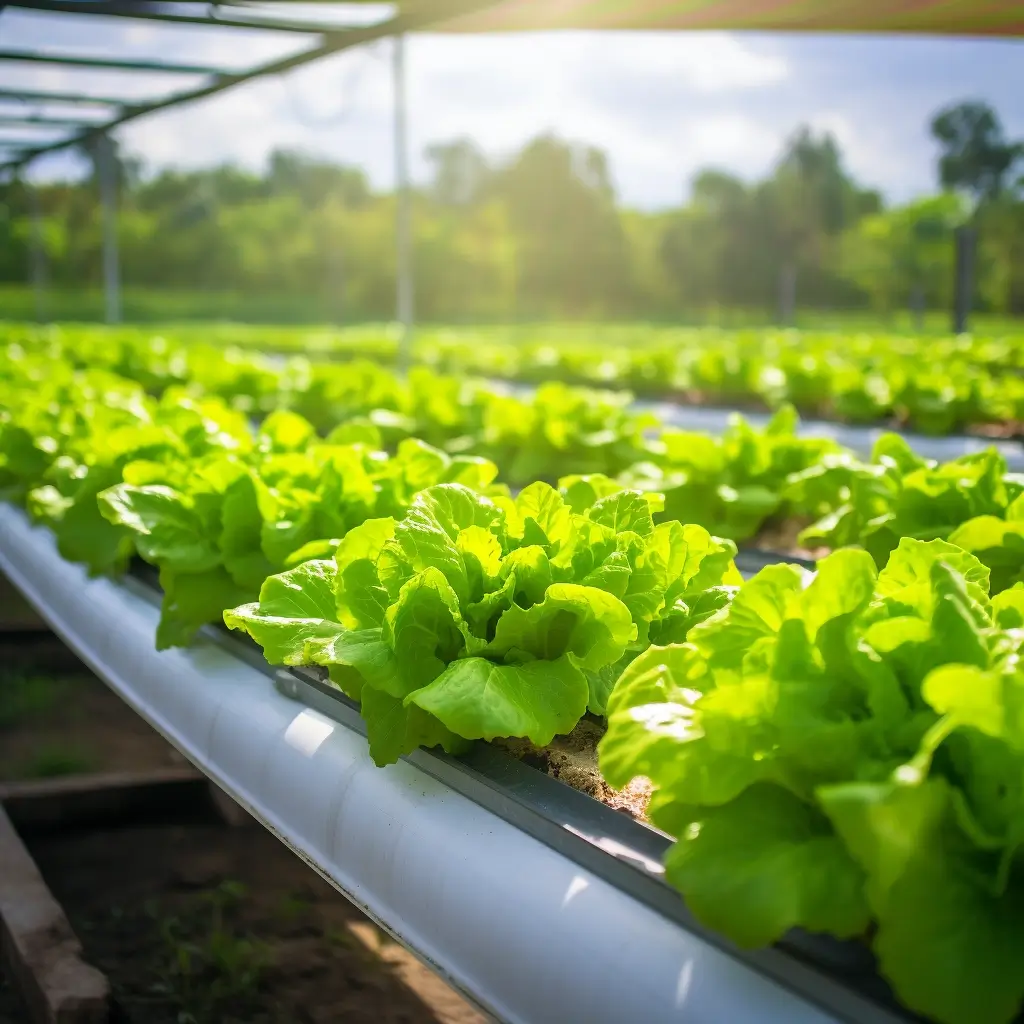



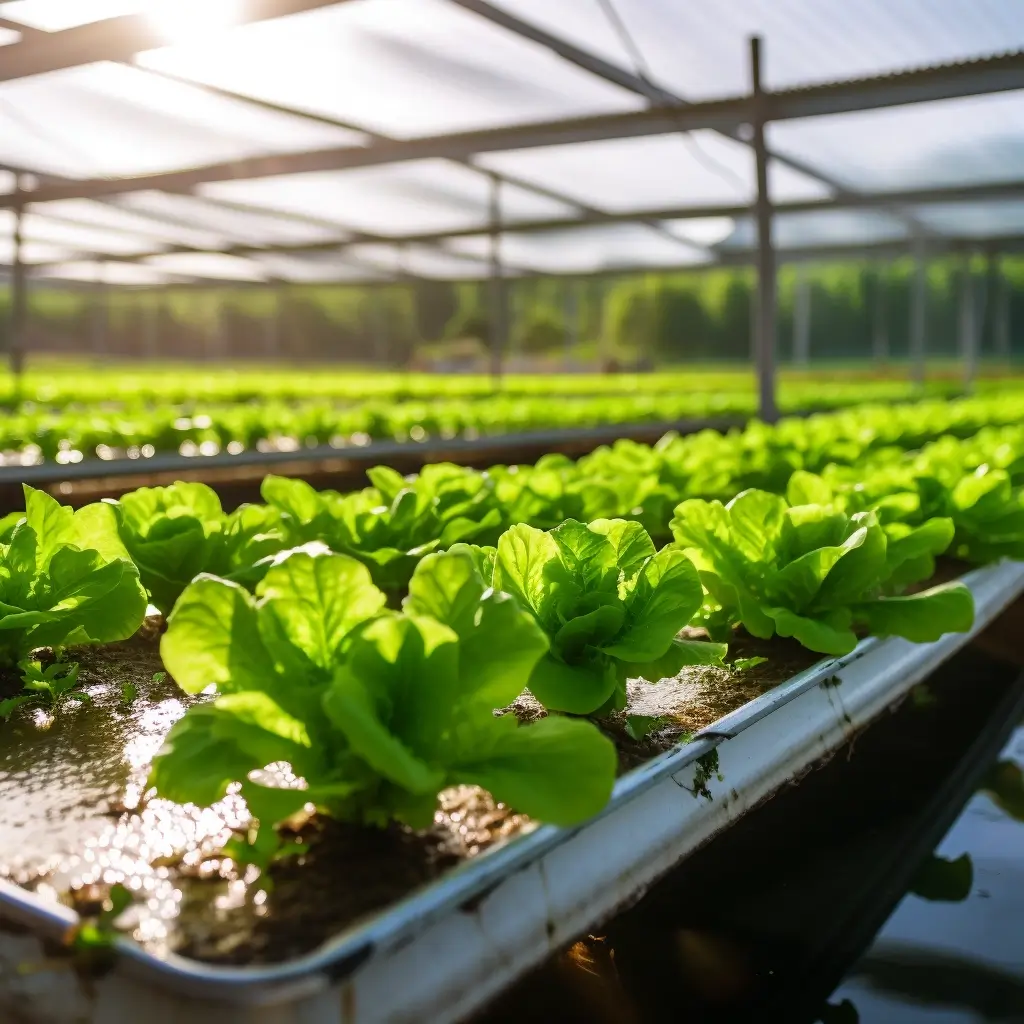

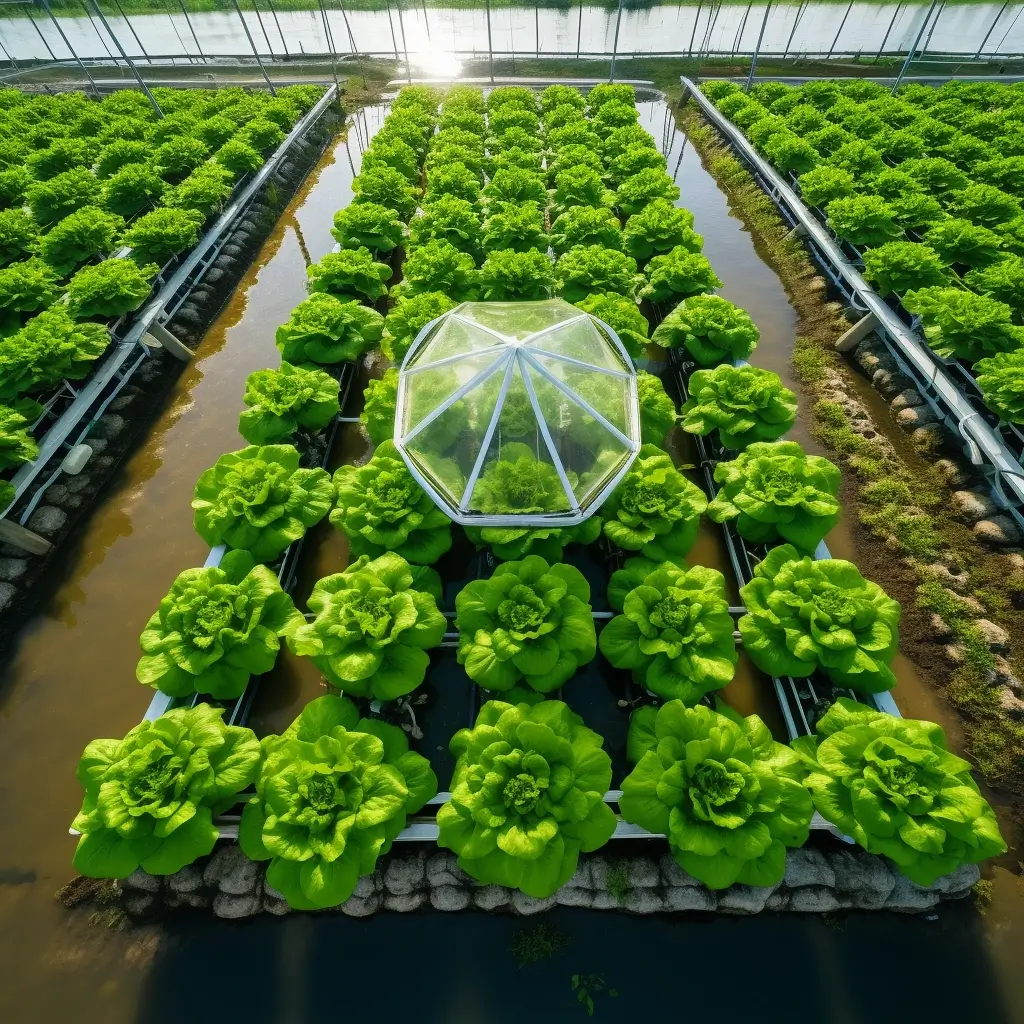
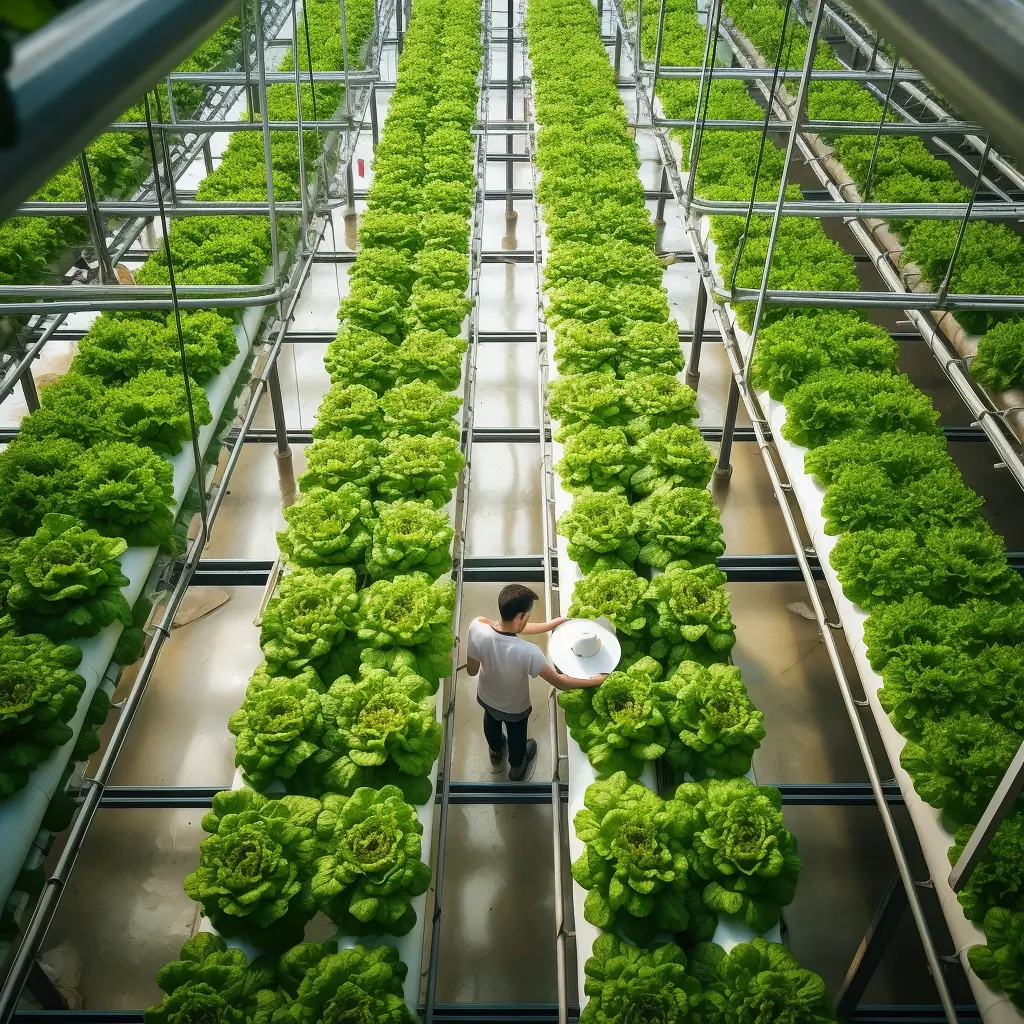
Vertical Solutions
Abundant Harvests
This type of farming offers a promising approach to sustainable agriculture, enabling food production in urban environments, reducing the environmental impact, and enhancing food security.
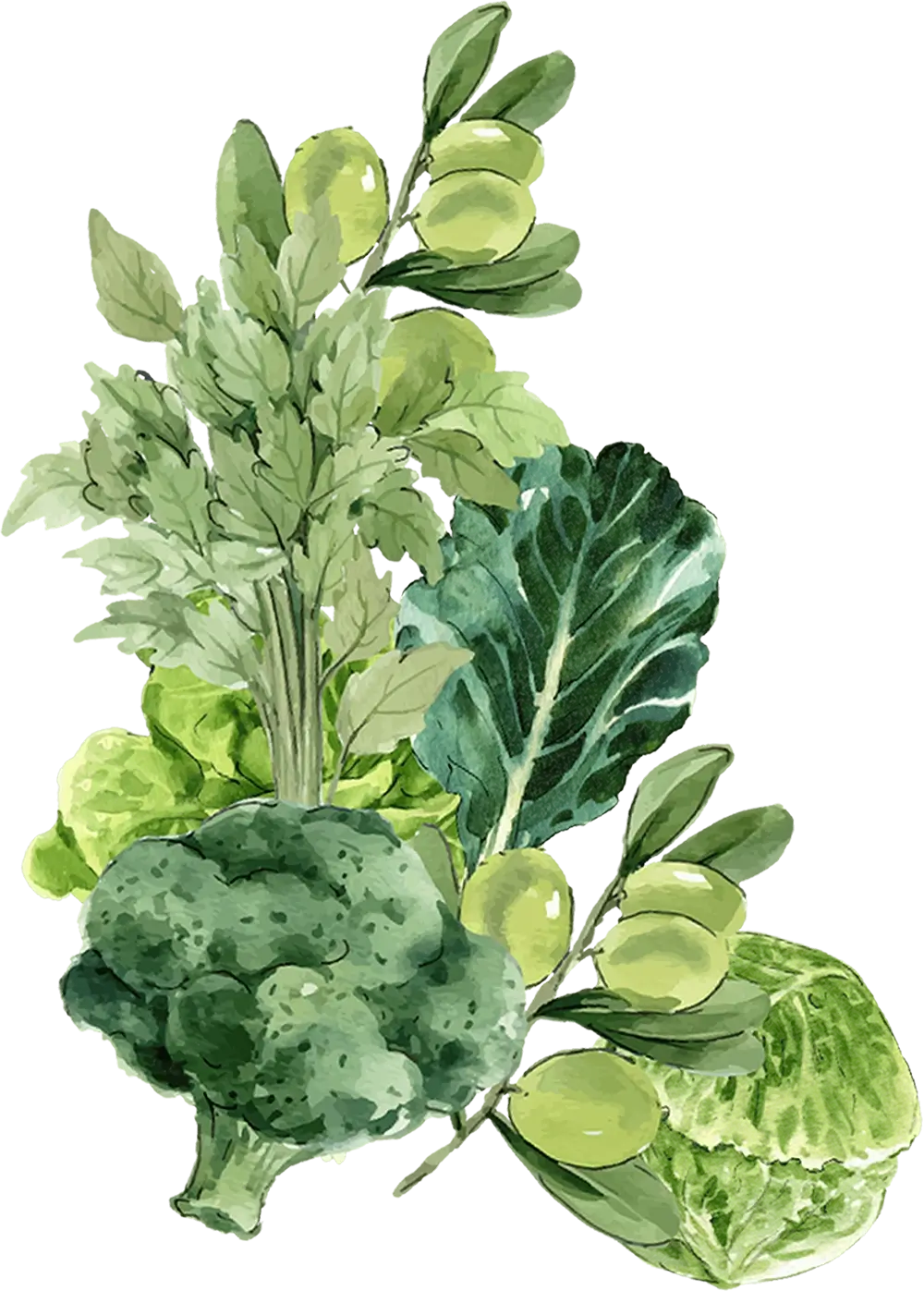
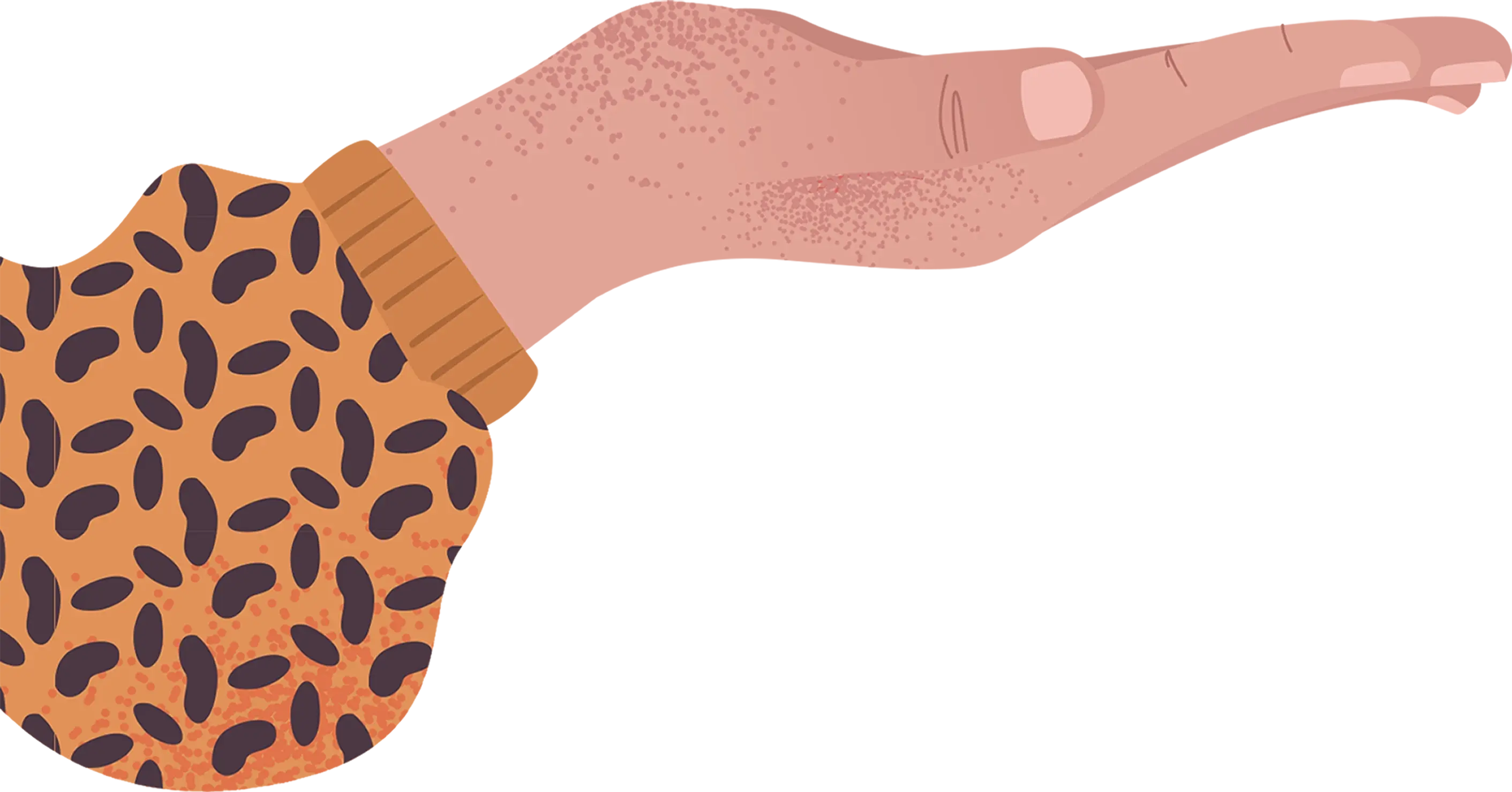
Horizontal Farming
Empowering Farmers Through Horizontal Farming
By maximizing yields and minimizing toil, this method paves the way for a more prosperous, efficient, and environmentally responsible agriculture sector.
